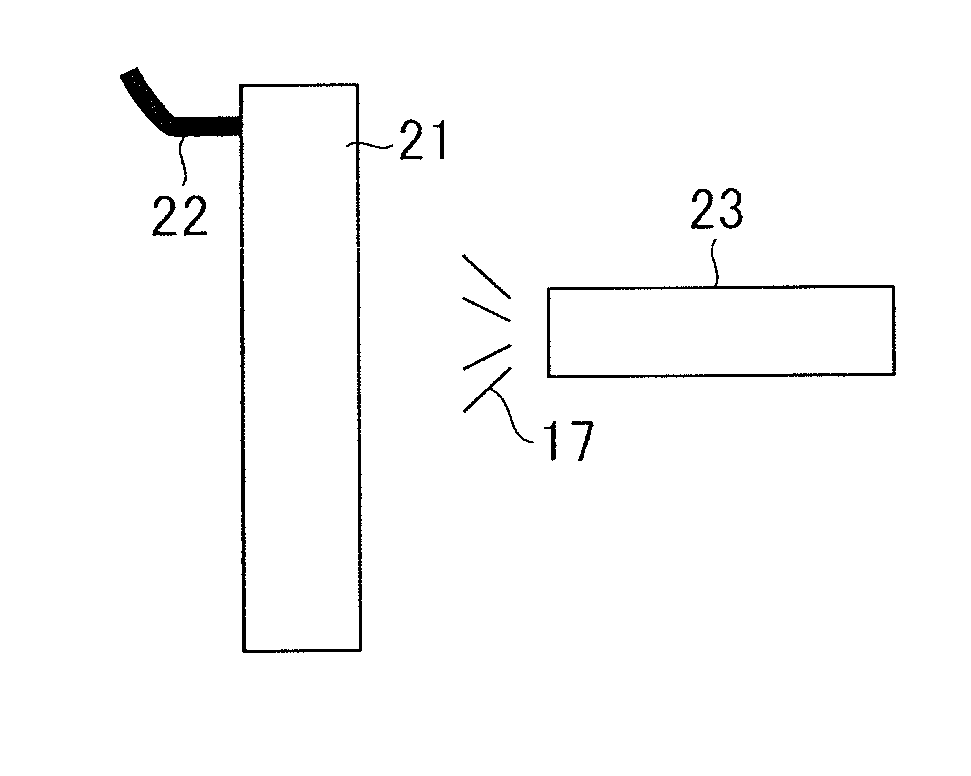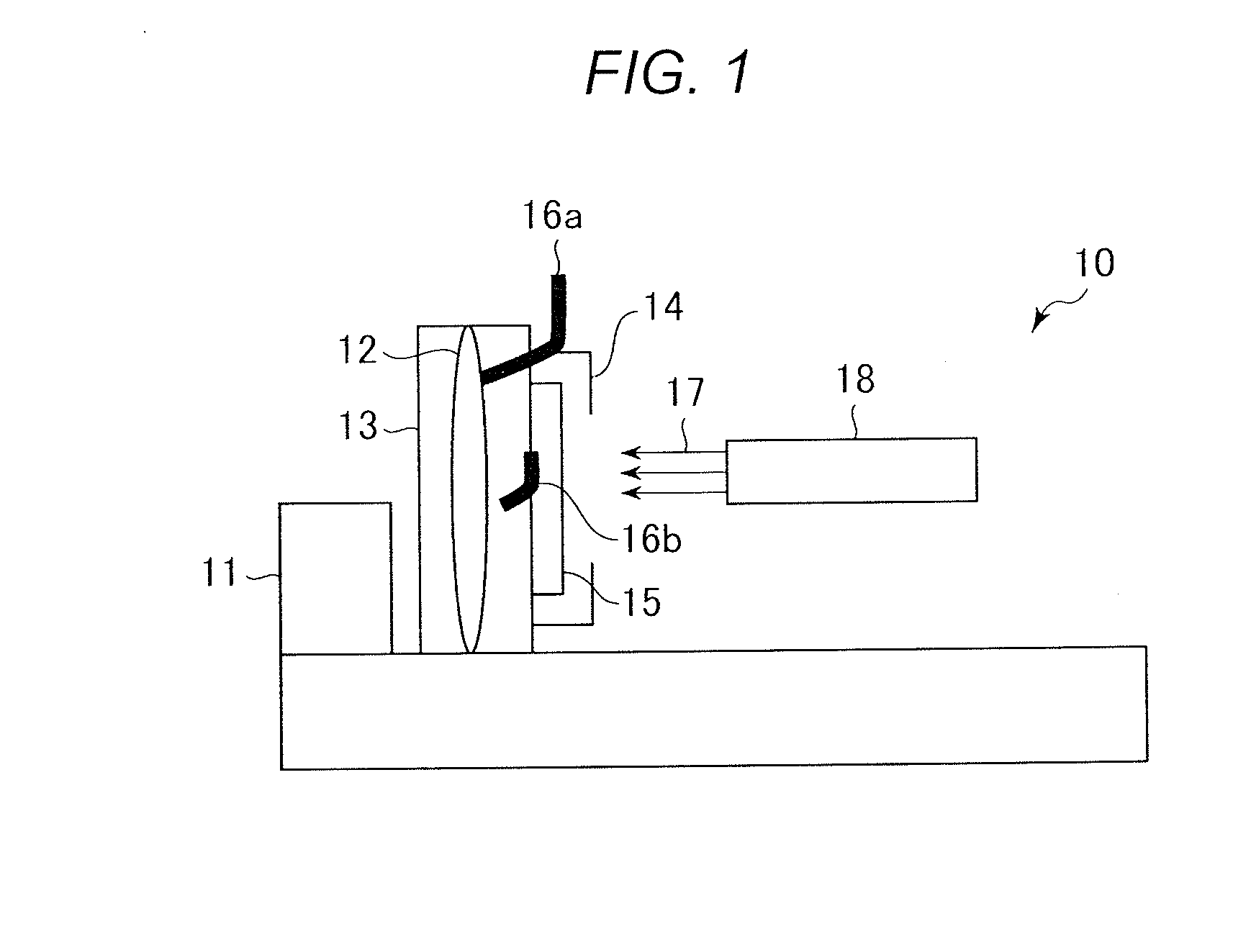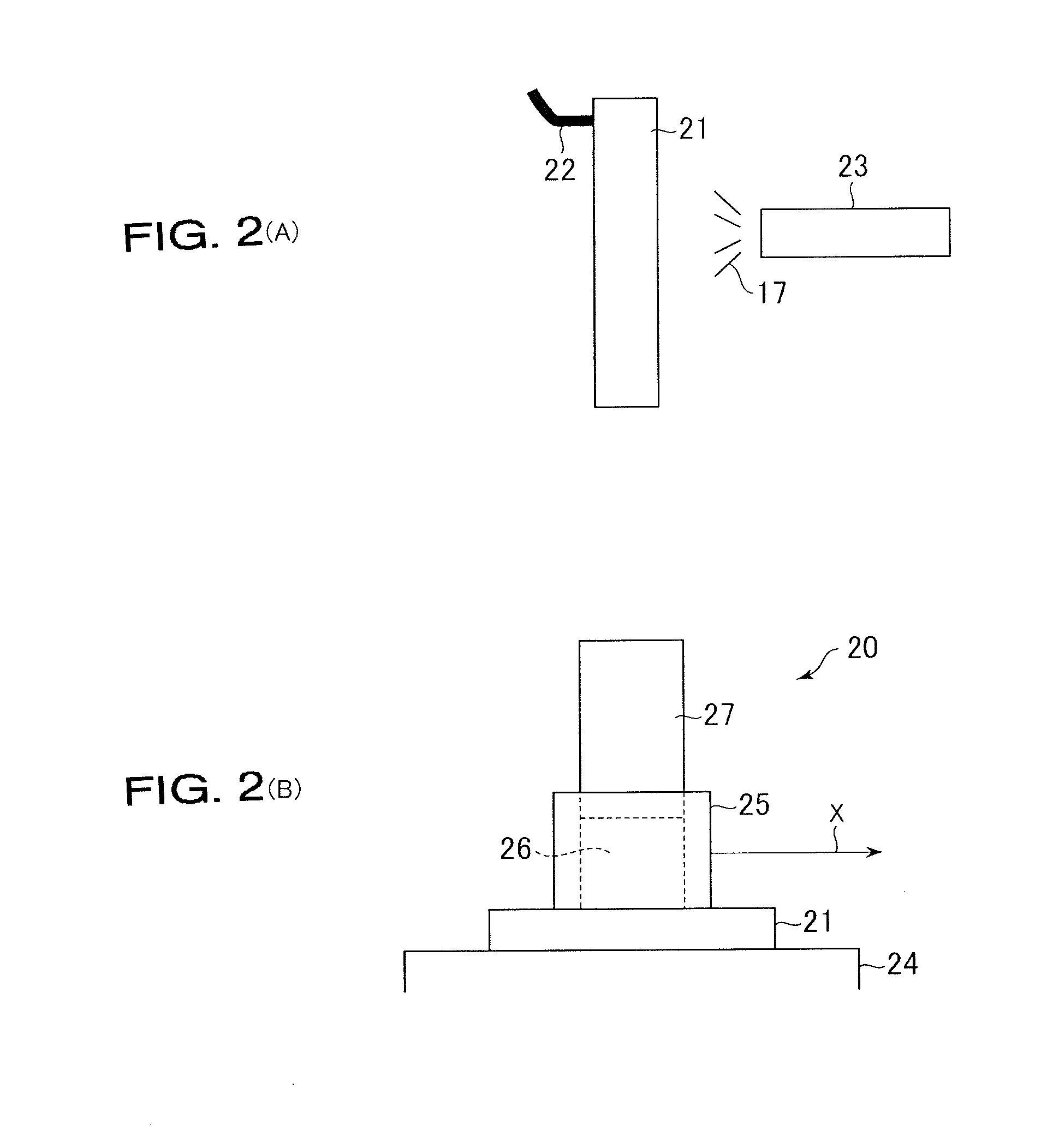High temperature heat-resistant oil-based release agent, high temperature heat-resistant electrostatic application-type oil-based release agent, and application method therefor
- Summary
- Abstract
- Description
- Claims
- Application Information
AI Technical Summary
Benefits of technology
Problems solved by technology
Method used
Image
Examples
first embodiment
[0031]The first embodiment provides an oil-based release agent containing a petroleum-based hydrocarbon solvent (a) and a high temperature adhesive (b).
[0032]The oil-based release agent needs to have a flash point equal to or higher than the temperature at a work place using the oil-based release agent. The flash point is preferably higher than a flash point of kerosene 43° C., that is, 70° C. or higher. Meanwhile, the oil-based release agent desirably has a high drying property. When the oil-based release agent has a low drying property and remains in a metal die, the oil-based release agent drips and flows, causes unevenness in thickness of a coating film, and causes seizure, variation in dimensional accuracy due to accumulation of a release component, or the like. An oil-based release agent having a high volatilization speed such as a quick-drying paint, that is, an oil-based release agent having a flash point of 170° C. or less to have moderate volatility is preferable. Therefor...
second embodiment
(4) Low Volatile Conductive Modifier (f)
[0068]By using a technology of electrostatically applying an oil-based release agent for casting by the present inventors (Patent Literature 5), the oil-based release agent according to the first embodiment can be applied electrostatically. This increases adhesion of an oil-based release agent largely. Therefore, a sufficient oil film can be formed without applying the oil-based release agent excessively even in a hidden portion, an uneven portion, or a thin portion in a metal die becoming complex. However, this electrostatic application technology does not correspond to high temperature heat resistance. Therefore, improvement is necessary in order to correspond to high temperature heat resistance.
[0069]A petroleum-based saturated hydrocarbon solvent has no polarity or conductivity. Therefore, the electric resistance thereof is infinite. Therefore, the oil-based saturated hydrocarbon solvent itself is unsuitable for electrostatic application. ...
third embodiment
[0094]A third embodiment provides a release agent application method for applying a composition containing the high temperature adhesive oil-based release agent according to the first embodiment in order to reduce accumulation of a release component or the like to cause poor appearance of a work.
[0095]Application of the high temperature adhesive oil-based release agent according to the first embodiment to a metal die using a general spraying apparatus improves high temperature adhesion of the oil-based release agent. However, this improvement of high temperature adhesion causes accumulation of a release component or the like on the metal die, and causes poor appearance of a work (hot water wrinkle, gas defect, or the like).
[0096]By applying a composition containing the oil-based release agent according to the first embodiment in a form of fine particles and controlling an application speed, accumulation of a release component or the like to cause poor appearance of a work is reduced...
PUM
| Property | Measurement | Unit |
|---|---|---|
| Temperature | aaaaa | aaaaa |
| Length | aaaaa | aaaaa |
| Percent by mass | aaaaa | aaaaa |
Abstract
Description
Claims
Application Information
 Login to View More
Login to View More - R&D
- Intellectual Property
- Life Sciences
- Materials
- Tech Scout
- Unparalleled Data Quality
- Higher Quality Content
- 60% Fewer Hallucinations
Browse by: Latest US Patents, China's latest patents, Technical Efficacy Thesaurus, Application Domain, Technology Topic, Popular Technical Reports.
© 2025 PatSnap. All rights reserved.Legal|Privacy policy|Modern Slavery Act Transparency Statement|Sitemap|About US| Contact US: help@patsnap.com



